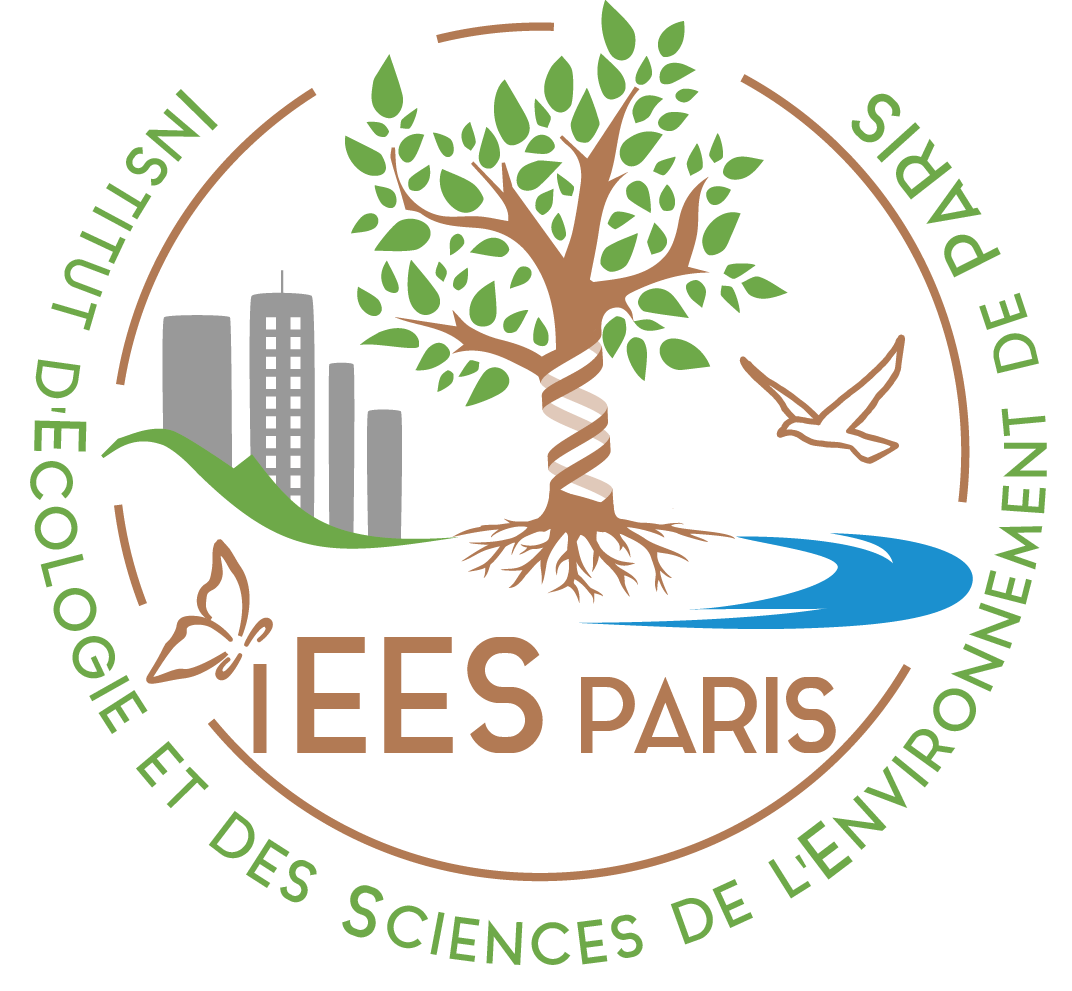Interacting land use and soil surface dynamics control groundwater outflow
Groundwater contribution to streamflow sustains biodiversity and enhances ecosystem services, especially under monsoon-driven climate where stream baseflow is often the only available water resource during the dry season. This study assessed how land use change influences streamflow and its groundwater contribution in the small headwater catchment of Houay Pano (M-TROPICS/MSEC) in the lower Mekong basin, subject to shifting cultivation. This analysis illustrates how two different land uses with opposite impacts on soil permeability (i/ extensive soil surface crusting under annual crops resulting in limited runoff infiltration or ii/ fallow regrowth promoting both infiltration and evapotranspiration) both inhibit groundwater recharge.
The paper was published in the Agriculture, Ecosystems & Environment journal. For paper download please click here.

















